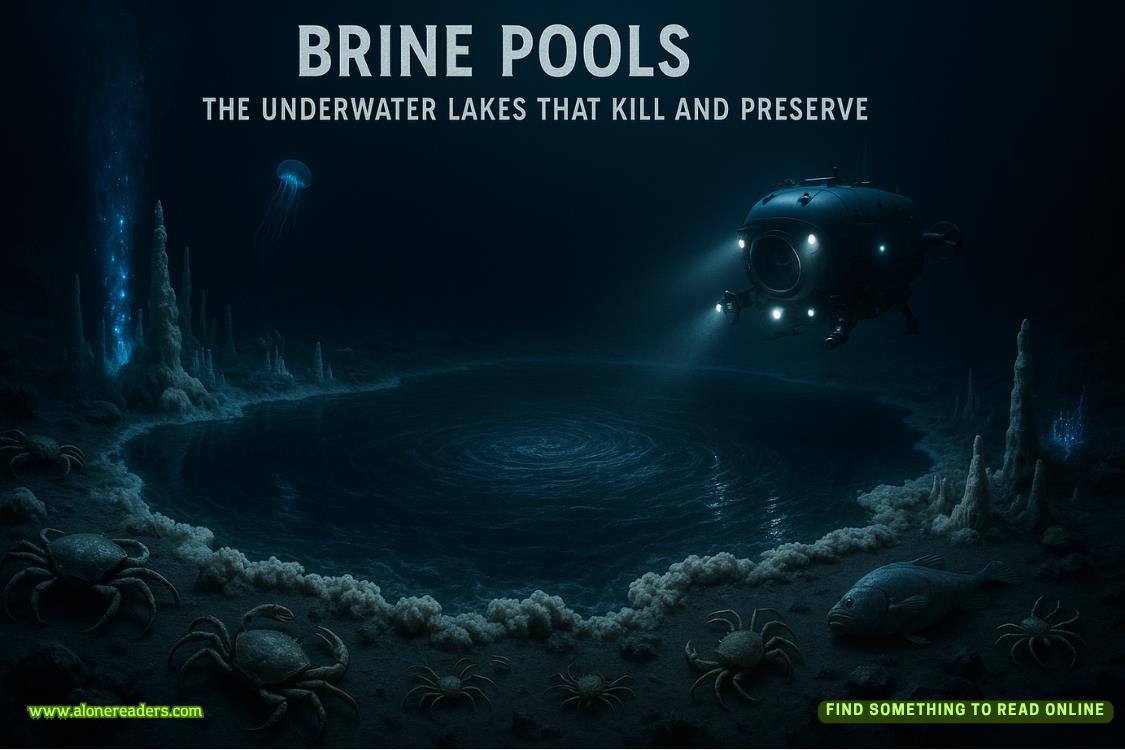Page 77 of High Intensity
“Back away, guys.”
Nudging the dogs out of the way with my legs, I open the door.
Wolff
“Husband and wife, Rick and Kelly Greenbaum, and her brother’s name is Shaun McInnis. All from Missoula, all experienced hikers.”
I tighten the cinch and give it a tug, making sure it’s secure before leading Judge a few steps away from the trailer. Then I put my foot in the stirrup and swing myself in the saddle.The others are already mounted and listening to the ranger give details on the missing trio.
“They missed their check-in yesterday so when I went to check first thing this morning, their vehicle was still parked here.” He points at a green Ford Bronco Sport at the far end of the parking lot. “I walked over to their site, found their camp still up, but it didn’t look like anyone had been there for at least twenty-four hours. The ashes in the firepit were stone cold.”
“No satellite phone? Two-way radio?” JD asks. “PLB?”
A PLB is a personal locator beacon, often carried for safety by wilderness adventurers who like to wander far off the beaten track. It’s a device that can be activated to send out a distress signal and your location.
The ranger shakes his head. “Nope, and cell phone reception is bad here, but pretty much nonexistent once you move away from the road.”
It happens all too often; people don’t think they need the extra precautions as long as they stick to trails and are not that far out in the boonies. The sad truth is, especially in winter, it’s very easy to get disoriented in these mountains. It wouldn’t be the first time we found lost hikers less than a mile from either the trail they wandered away from, or a road to civilization.
“Okay, guys,” James calls. “Let’s move out.”
There are four of us on horseback. Dan, JD, his father, James, and me. Jackson is manning basecamp and flying the Matrice, our state-of-the-art drone with Sully. The cold weather has an impact on Jackson’s stump and on his prosthetic, which is why he doesn’t ride with us until the weather warms up. It’s not that he can’t ride, it’s that we have no idea how long we’ll be out there, and—as harsh as it sounds—we can’t afford to have anyone slow us down. We can’t waste time when looking for lost individuals in this environment, especially in winter.
JD is leading. Like his father, he’s a great tracker. Most of the time we move in a single line, so the person leading needs to be attuned to the smallest details. Riding at the back of the pack means keeping an eye on the big picture. Scanning the terrain, looking for anything unusual that might be a clue.
It isn’t hard to follow the hikers’ tracks, which basically follow the set trail and is supposed to be a fifteen-mile hike that loops around a small lake before returning to the campground. It becomes tricky when the trail crosses a dirt road meandering up the mountain. The trail isn’t marked on the other side of the road, and it looks like the group mistook a much narrower game trail for the hiking trail and started veering off.
Overhead I hear the hum of the Matrice, as the drone flies past us, zigzagging back and forth to cover a wider area. Up ahead JD holds up a hand to stop us.
“I think this is where they realized their mistake.”
He points to one set of footsteps changing direction and heading into the trees.
“And they made another,” Dan concludes.
They split up, which is never a good idea. There may have been an argument about how to proceed. Two of them stuck with the game trail, maybe thinking it would lead to the small lake where they might pick up the hiking trail again. The one who veered off might have reasoned if the two trails run parallel, they could cut through the woods and find the hiking path that way. The smart thing to do would have been to follow their own tracks back to the road, but nobody did, and now we have two trails to follow.
“Dan, you and JD follow the game trail. Wolff, you and me are following this single track,” James indicates.
As we quickly discover, the path this hiker chose is not as straightforward as they might’ve been thinking. For one, the game trail runs farther up the mountain than the hiking traildoes, so at the point the hiker decided to cut across, there is a fairly dramatic difference in elevation. Secondly, since there is no path, terrain would dictate which way to go, and unfortunately for the hiker, a steep ridge that appears to run between the two trails prevents him from reaching the hiking loop.
To make matters even more challenging, in areas along the drop-off, where there is little or no tree coverage, the snow is thicker. Unfortunately, with the weather hovering around the freezing mark—warming up during the day and dropping substantially at night—the snowpack becomes less stable. An ice layer forms on top of the snow which can move and slide, becoming a hazard.
Especially near a drop-off, the ice could create an overhang—a shelf, if you will—that wouldn’t necessarily be noticeable when you’re on top of it. One misstep and a piece of the shelf breaks off. It can be very dangerous, so we make sure to steer well clear of the edge.
My radio comes to life with the sound of static before I hear Jackson’s voice checking in. Up ahead James comes to a halt and pulls out his radio.
“Jackson, what’s up?”
“We spotted something about half a mile north of where you are.”
Fifteen minutes later, we find a large section of an ice shelf broken away. The tracks we’re following seem to head straight for the edge. Two abandoned hiking packs were left at the base of a lone tree about six feet back from where the ice shelf appears to have snapped off.
“Two backpacks?”
“I notice that,” James states.
It seems unlikely one person is carrying two backpacks. I dismount and start toward them to have a closer look, but James holds me back.















